How Funding Rates Work on Perp DEXs

Table of Contents
A funding rate is a periodic payment exchanged between long and short traders on perpetual futures markets to keep contract prices aligned with the underlying spot price. On decentralized exchanges (Perp DEXs), funding is automatically managed by smart contracts to maintain price stability and market balance.
Overview - Why Funding Rates Exist
Perpetual contracts differ from traditional futures because they have no expiry date. Without settlement, prices could drift away from the spot market indefinitely. The funding rate mechanism solves this problem by introducing a small, recurring payment that encourages equilibrium.
If the perpetual price trades above spot, long traders pay short traders; if it trades below, shorts pay longs. This creates an incentive structure that keeps the perpetual market tethered to the real price of the asset.
By 2025, funding rate optimization has become a central design challenge for leading Perp DEXs such as GMX, dYdX v4, Hyperliquid, Drift, Aster, Avantis, Ethereal, Reya, and Level Finance. Platforms now use real-time oracles, dynamic intervals, and volatility-adjusted formulas to smooth out distortions.
Read more:
- What is a Perpetual DEX? (2025 Guide)
- How Perpetual Futures Work on Decentralized Exchanges
- Perp DEX vs. Spot DEX: What’s the Difference?
How Funding Rates Work
Funding rates function as a balancing force between the perpetual contract and the underlying spot market.
1. The Basic Mechanism
Each perpetual market defines a funding interval (commonly every 8 hours). At each interval:
- If the perpetual contract’s price is higher than the spot index, longs pay shorts.
- If it’s lower, shorts pay longs.
- The amount paid is proportional to the price difference and the trader’s position size.
This payment doesn’t go to the exchange - it’s a peer-to-peer transfer between traders, automatically handled by the Perp DEX’s smart contracts.
Example:
- BTC spot = $70,000
- BTC-PERP = $70,350
- Premium = 0.5%
- Funding = +0.01% every 8 hours
→ Longs pay 0.01% of their position value to shorts.
The mechanism incentivizes traders to open positions that restore price balance. When funding becomes too positive, traders short the perpetual, pushing prices back down.
2. How it’s Calculated
Although formulas vary across platforms, the general principle is consistent:
Funding Rate = (Perp Price - Index Price) / Index Price × Adjustment Coefficient
- The Index Price comes from decentralized oracles such as Chainlink or Pyth, reflecting spot market averages.
- The Adjustment Coefficient scales the rate based on market volatility and exchange design.
- Some DEXs include interest rate differentials for more refined pricing.
Example from dYdX v4:
Funding = (Mark Price - Oracle Price) × Funding Multiplier × Time Factor
Visual suggestion: Diagram showing the relationship between perp price, spot price, and funding payments over time.
See: How Oracles Keep Perp DEX Prices Fair
3. Role of Smart Contracts
On Perp DEXs, funding is enforced by smart contracts that automatically:
- Record each trader’s open positions.
- Calculate funding payments at every interval.
- Deduct or credit balances based on direction and position size.
- Update unrealized PnL (profit and loss) accordingly.
This ensures fairness and transparency - every payment is verifiable on-chain, eliminating hidden fees or off-chain manipulation.
Platforms like Hyperliquid and Ethereal execute these calculations at the protocol level, while GMX and Level Finance distribute funding flows through their liquidity pool mechanisms (e.g., GLP token holders act as counterparties to traders).
Why Funding Rates Matter
1. Market Stability
Without funding rates, perpetual contract prices could drift dramatically away from the underlying market, distorting the entire derivatives ecosystem. Funding ensures price convergence across exchanges and prevents cascading mispricing.
2. Risk Management
For traders, understanding funding rates is essential for risk management. Even small rates can compound significantly on large or long-term leveraged positions.
Example:
- Funding = 0.01% every 8 hours
- 3 intervals per day × 30 days = 90 intervals
→ 0.9% total over a month, excluding compounding.
At 10x leverage, effective capital cost = 9%. Managing that expense becomes a critical component of profitability.
3. Arbitrage and Market Efficiency
Funding creates opportunities for arbitrage between spot and perpetual markets:
- Traders can go long spot and short perp when funding is positive.
- Or short spot and long perp when funding is negative.
These trades help tighten spreads and synchronize prices across DEXs and centralized exchanges alike.
How Funding Differs Across Platforms
Funding rate design is one of the main differentiators between perpetual protocols.
| Platform | Model | Funding Style | Notes |
|---|---|---|---|
| GMX (v2) | AMM | Dynamic, pool-based | Uses weighted spot premiums and volatility scaling |
| dYdX v4 | Order-book | Index-linked | Calculates based on oracle deviation and open interest |
| Hyperliquid | Order-book | Continuous | Adjusts every block based on premium index |
| Drift Protocol | Hybrid | Time-weighted | Aggregates rates across liquidity sources |
| Level Finance | AMM | Tiered | Funding depends on LP risk tranches |
| Aster | AMM | Static + Volatility mod. | Stable assets have lower baseline funding |
| Ethereal | Hybrid | Adaptive | Reacts to volatility spikes dynamically |
| Avantis | Hybrid | Dynamic vault-based | Collateral pool receives or pays funding |
| Reya | Order-book | Block-by-block | Institutional-grade real-time recalibration |
These variations influence trading costs, funding volatility, and profitability. Traders often migrate between DEXs to capitalize on more favorable funding environments.
See: How to Choose the Right Perp DEX
Positive vs. Negative Funding
Positive Funding
When the perp price is above spot:
- Longs pay shorts.
- Indicates bullish market sentiment.
- Sustained positive funding signals demand to go long.
Negative Funding
When the perp price is below spot:
- Shorts pay longs.
- Indicates bearish sentiment or over-leveraged short positioning.
Monitoring funding polarity helps traders gauge market bias and identify crowded trades. Platforms like Hyperliquid and Reya even visualize funding sentiment directly within their interfaces.
Impact of Volatility on Funding
Funding rates spike during volatility. When price surges trigger long imbalances, positive funding rates rise to discourage further long exposure.
Example:
- During Bitcoin’s March 2025 rally from $60,000 to $80,000, funding on major Perp DEXs reached 0.2% per interval - equivalent to over 60% annualized.
Volatility-sensitive designs like those in Avantis and GMX v2 automatically scale funding multipliers to stabilize liquidity and prevent extreme premiums.
How Funding Influences Liquidation and Strategy
Funding affects both PnL outcomes and liquidation risk:
- Continuous positive funding can gradually erode long positions.
- Negative funding can subsidize short trades but also distort sentiment.
Traders use funding-aware strategies to hedge or profit:
- Funding-neutral hedges: Long spot, short perp.
- Volatility plays: Exploit short-term spikes in funding polarity.
- Yield farming with perps: Earning from funding differentials while delta-hedged.
Read more:
Risks of Funding-Based Systems
- Extreme Funding Spikes:
Sudden sentiment shifts can drive unsustainable funding rates, causing losses for leveraged traders. - Oracle Lag or Manipulation:
If spot index data lags or is compromised, funding may misprice. - Liquidity Shortfalls:
In thin markets, funding payments can fail to offset demand imbalances. - Complex Cost Structures:
New traders often underestimate cumulative funding costs over long holding periods.
Platforms continue refining algorithms to minimize these risks through adaptive parameters and time-weighted averages.
Learn more about Risks of Trading on Perpetual DEXs and Fundamental, Technical, and Sentimental Analysis in Trading.
The Future of Funding Rate Mechanisms
By 2025, the trend is toward dynamic, continuous funding - updated every block or second - instead of discrete intervals. This allows faster equilibrium and smoother pricing.
Emerging innovations include:
- Real-time volatility feeds: From networks like Pyth and Chronicle.
- AI-optimized funding multipliers: Adjusting coefficients algorithmically.
- Cross-market synchronization: Shared funding benchmarks across multiple DEXs.
- Unified cross-margin clearing layers: Allowing multi-asset funding offsets.
These advances could standardize funding logic across protocols, making perpetual DEXs more predictable and cost-efficient for both traders and liquidity providers.
Learn more in What is cross-chain interoperability? and Blockchain Layers Explained: L0, L1, L2, and L3.
FAQ
Why do funding rates exist?
They maintain the perpetual contract’s price near the spot price by rewarding traders who take the less crowded side of the market.
Who pays and who receives the funding?
It’s peer-to-peer: when funding is positive, longs pay shorts; when negative, shorts pay longs.
How often are funding payments made?
Most Perp DEXs use 8-hour intervals, though some now calculate funding continuously or dynamically based on volatility.
Can I profit from funding rates?
Yes. Traders can earn funding by holding positions opposite market bias (e.g., shorting during overextended long markets).
What happens if I ignore funding?
It can erode your position profitability over time, especially when holding high-leverage or long-duration trades.
Want to trade safely and efficiently?
Download the Bitcoin.com Wallet App to manage your crypto and trade directly from your phone - no custodians, no middlemen.
And if you’re looking for more advanced tools, check out our pro-trading experience at orangerock.xyz.
Related guides
Start from here →
What is Bitcoin?
Get a straightforward introduction to Bitcoin and why it matters.
Read this article →
What is Bitcoin?
Get a straightforward introduction to Bitcoin and why it matters.

What are Altcoins?
Altcoins are cryptocurrencies beyond Bitcoin. Learn about their diverse functionalities, use cases, risks, and potential.
Read this article →
What are Altcoins?
Altcoins are cryptocurrencies beyond Bitcoin. Learn about their diverse functionalities, use cases, risks, and potential.
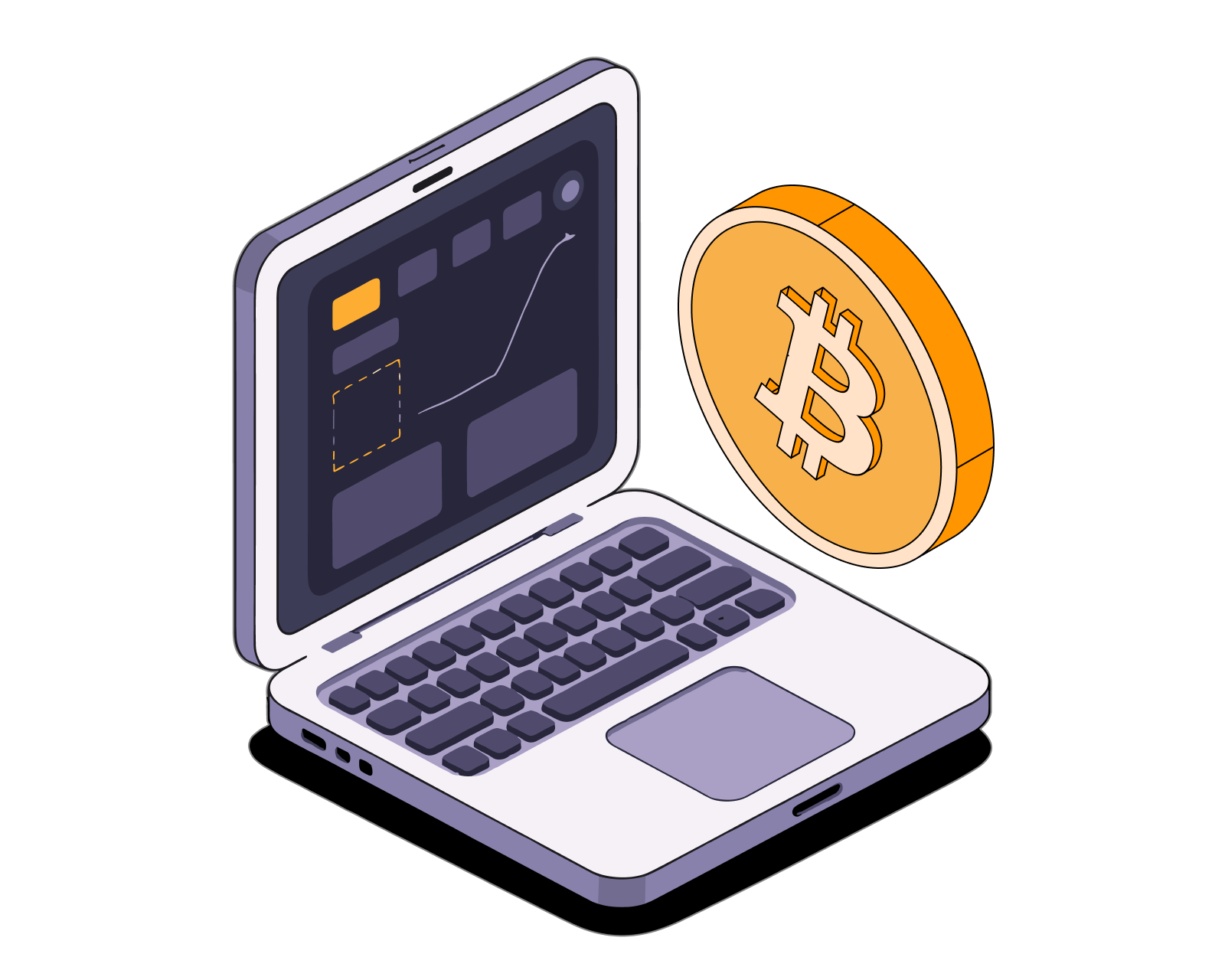
What is a CEX?
Learn about CEXs, the differences between them and DEXs, and whether they’re safe to use.
Read this article →
What is a CEX?
Learn about CEXs, the differences between them and DEXs, and whether they’re safe to use.

What is a DEX?
A decentralized exchange (DEX) is a type of exchange that specializes in peer-to-peer transactions of cryptocurrencies and digital assets. Unlike centralized exchanges (CEXs), DEXs do not require a trusted third party, or intermediary, to facilitate the exchange of cryptoassets.
Read this article →
What is a DEX?
A decentralized exchange (DEX) is a type of exchange that specializes in peer-to-peer transactions of cryptocurrencies and digital assets. Unlike centralized exchanges (CEXs), DEXs do not require a trusted third party, or intermediary, to facilitate the exchange of cryptoassets.

How does crypto exchange work?
How safe is it to store your crypto on centralized exchanges?
Read this article →
How does crypto exchange work?
How safe is it to store your crypto on centralized exchanges?

Reading Bitcoin Charts for Beginners
A beginner's guide to understanding Bitcoin charts, covering candlestick patterns, technical indicators, market analysis, and risk management.
Read this article →
Reading Bitcoin Charts for Beginners
A beginner's guide to understanding Bitcoin charts, covering candlestick patterns, technical indicators, market analysis, and risk management.
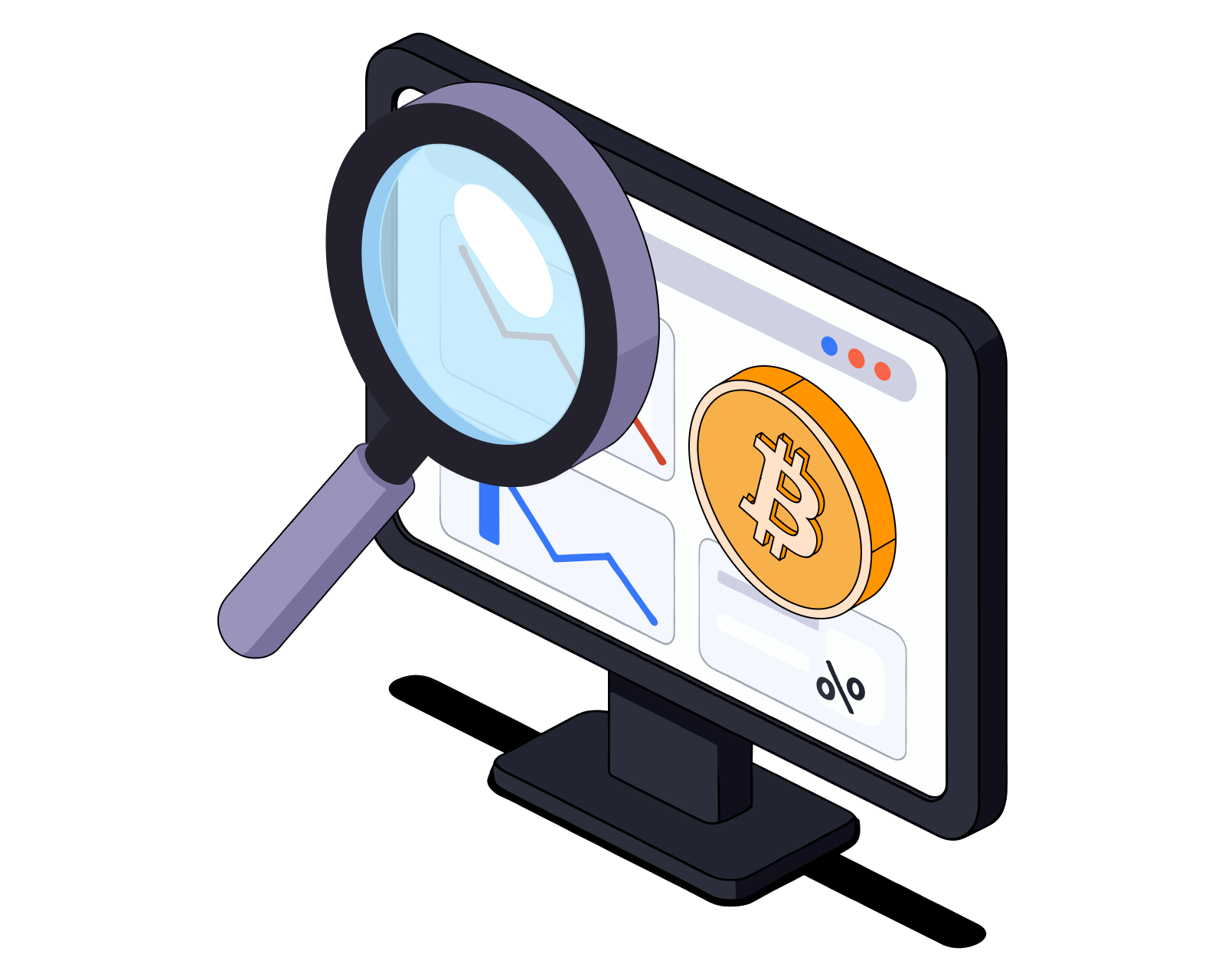
Bitcoin Trading for Beginners
A comprehensive guide to Bitcoin trading for beginners, covering wallets, exchanges, market analysis, and risk management strategies.
Read this article →
Bitcoin Trading for Beginners
A comprehensive guide to Bitcoin trading for beginners, covering wallets, exchanges, market analysis, and risk management strategies.
STAY AHEAD IN CRYPTO
Stay ahead in crypto with our weekly newsletter delivering the insights that matter most
Weekly crypto news, curated for you
Actionable insights and educational tips
Updates on products fueling economic freedom
No spam. Unsubscribe anytime.
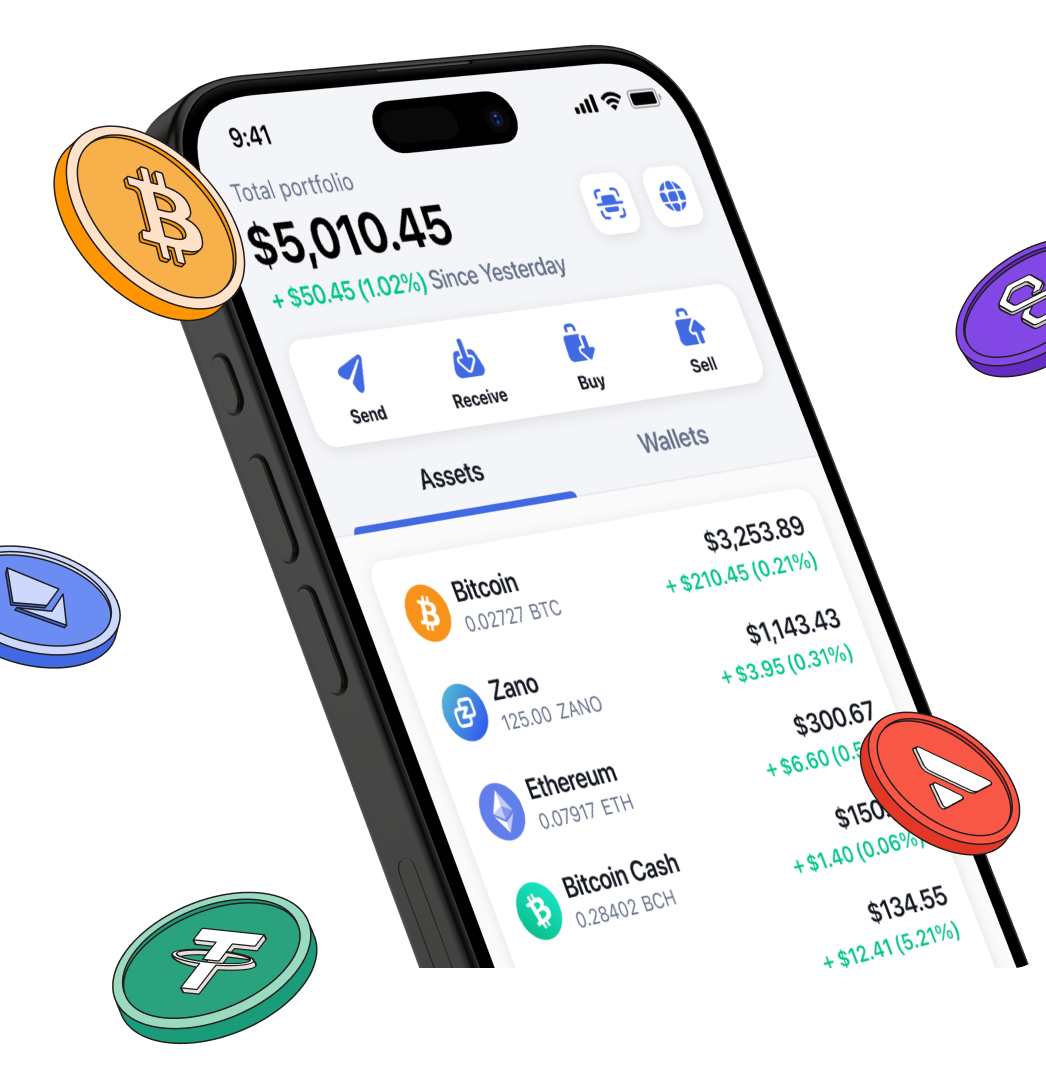
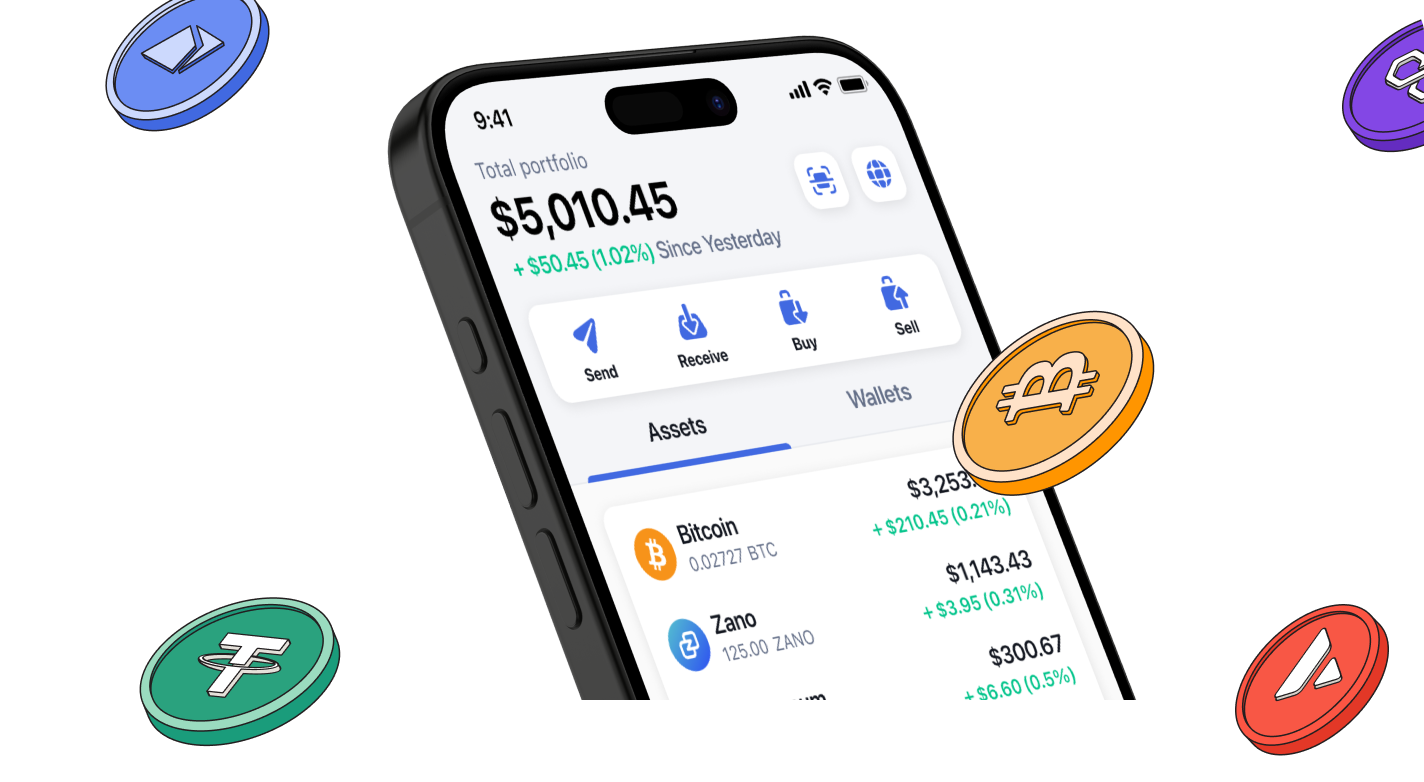
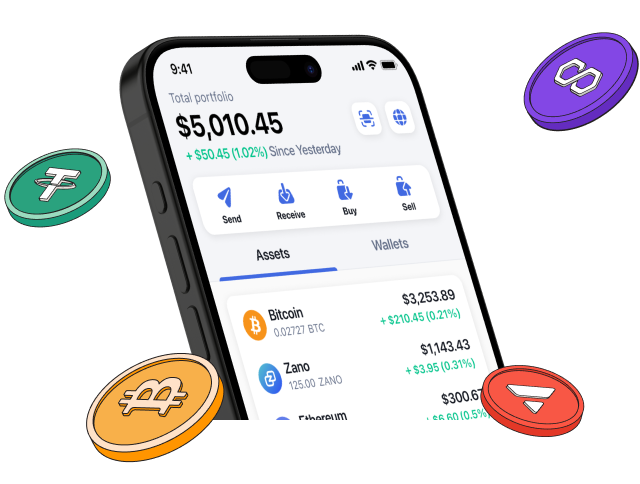
Start investing safely with the Bitcoin.com Wallet
Over wallets created so far
Everything you need to buy, sell, trade, and invest your Bitcoin and cryptocurrency securely

© 2025 Saint Bitts LLC Bitcoin.com. All rights reserved


